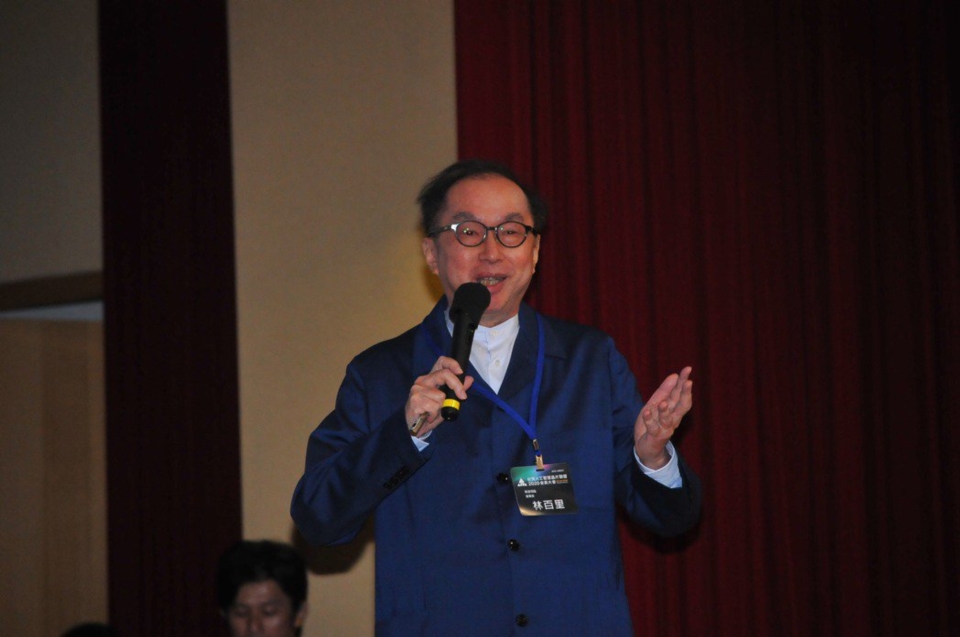6G to Arrive in 5 Years: Quanta Chairman
2020/09/22 | By CENSAI will transform from a "centralized cloud computing" to a "decentralized edge cloud computing" model, Quanta Chairman Barry Lam said on Sept. 21 at the AI on Chip Taiwan Alliance (AITA) members summit.
Lam laid out expectations that a smart, connected society built on 6G will appear in five years, making technology development in the next decade "incredibly exciting." The Quanta chairman spoke to AITA members on the topic of 5G+AIoT and distributed AI computing.
Lam expects to see 6G cover the infrastructure such as satellite, aerospace, the landscape, and the ocean. It would connect the land and sea and create a large-scale simulation, and offer applications in climate change, education, energy solutions, computational biology, and disease prevention.
AI's usage will not become restricted to the cloud; instead, it will turn to edge computing and terminal equipment, Lam said. For example, there is a limit to what smart vehicles like Tesla can do, as they fit the computer into the self-driving car, and would only allow the vehicle to see what's in front of it. Lam said if self-driving cars could connect with edge computing devices on the roadside, cars would become smarter with a roadmap created from the network connection.
Taiwan's electronics industry primarily focused on producing computers and smartphones, but the industry would turn to roll out complete solutions in the future, Lam said. However, each solution will require merging knowledge from across different sectors, such as healthcare, transportation, urban design, agriculture, and industrial; this would be the main challenge for industries to overcome, the chairman pointed out.
The 4G era saw the rise of smartphone popularity, Lam said, but that would change with 5G, as everything would be IoT connected. With low latency and wideband characteristics, 5G can be combined with AI, developing at a similar pace. Lam emphasized the importance of the semiconductor and computer electronics industries to take advantage of 5G and AI applications. Applications of both technologies are diverse, he added, pointing out remote learning would shape the university landscape and classroom.





